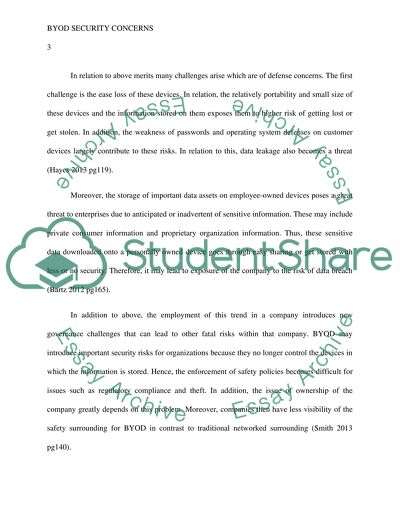Cite this document
(“BYOD (Bring Your Own Device) Security Concerns Research Paper”, n.d.)
BYOD (Bring Your Own Device) Security Concerns Research Paper. Retrieved from https://studentshare.org/information-technology/1631994-byod-bring-your-own-device-security-concerns
BYOD (Bring Your Own Device) Security Concerns Research Paper. Retrieved from https://studentshare.org/information-technology/1631994-byod-bring-your-own-device-security-concerns
(BYOD (Bring Your Own Device) Security Concerns Research Paper)
BYOD (Bring Your Own Device) Security Concerns Research Paper. https://studentshare.org/information-technology/1631994-byod-bring-your-own-device-security-concerns.
BYOD (Bring Your Own Device) Security Concerns Research Paper. https://studentshare.org/information-technology/1631994-byod-bring-your-own-device-security-concerns.
“BYOD (Bring Your Own Device) Security Concerns Research Paper”, n.d. https://studentshare.org/information-technology/1631994-byod-bring-your-own-device-security-concerns.


